Although most of you have seen orchids In supermarkets and garden centers, many of you probably didn’t know that Montana is home to 31 species of wild orchid. So far I have encountered eight species in the Bridger Canyon area. The orchid family accounts for about 10% of species of flowering plants and can be found on every continent except Antarctica.
Most of the orchids you will see in Montana are quite small and can be tricky to spot, but, the more you see the easier it will get to find them. All of the orchids mentioned in this article I have found on the west or south side of green mountain (with the exception of Platanthera dilatata which I have only found in Bridger Canyon along Fairy Lake road). The fairy slippers have been blooming for some time now and the first of the Corallorhiza and Dactylorhizas are beginning to bloom. In about a month the Platantheras will begin to display their unusual, spurred flowers alongside the white flowers of the diminutive Goodyera oblongifolia.
Calypso bulbosa, or the fairy slipper, is probably the best known of Montana’s native orchids growing in shady areas, generally on west facing slopes. Many plants of C. bulbosa can be found along the trail/logging road up mount Ellis, and along the history rock trail in Hyalite canyon. C. bulbosa is pollinated by bumblebees who, expecting nectar, find nothing; this means that the bee will only visit any single flower once. This photograph was taken on the Yellow Mule trail in Big Sky.
Corallorhiza maculata (or spotted coral-root) is a tall leafless plant that acquires all of its nutrients and energy through a fungus in its roots (myco-heterotrophy). It can usually be found in large clumps in shaded areas. It is generally pollinated by flies of the genus Empis and a number of species of mining bee. C. maculata also frequently self-pollinates, a process known as autogamy. This is a large colony I found in the woods near my house on Bridger Woods road.
Another leafless orchid, Corallorhiza striata (striped coral-root) is easy to miss in the surrounding vegetation. It can usually be found in small groups in forested areas. C. striata is pollinated by the parasitic wasp Pimpla pedalis. This is an unusually large colony near the New World Gulch trail.
A close look-alike of C. maculata, Corallorhiza wisteriana (or Wister’s coral-root) can be tricky to identify. C. wisteriana tends to be smaller and darker colored than C. maculata and also seems to prefer a slightly moister habitat than its relatives. A slightly more technical difference, C. wisteriana has a lip with straight sides, whereas C. maculata has a lip with two little prongs (one on each side).
Goodyera oblongifolia (giant rattlesnake plantain) is known as a “jewel orchid” due to its spectacular rosettes of variegated leaves. It is quite common (although tricky to spot) and can be found in most shaded areas. G. oblongifolia is frequently seen along the sides of most trails in the Bridger mountains.
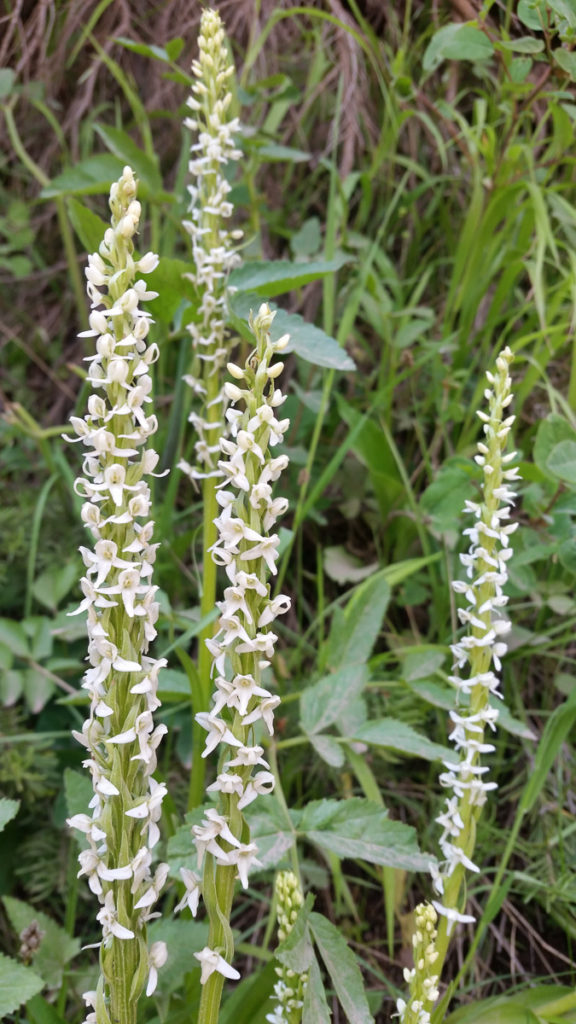 Platanthera dilatata (white bog orchid) is another relatively well known orchid growing along streambanks and in roadside ditches. Also, P. dilatata has a wonderful fragrance, often described as vanilla and cloves. The plants in this picture are growing in the ditch along Fairy Lake road.
Platanthera dilatata (white bog orchid) is another relatively well known orchid growing along streambanks and in roadside ditches. Also, P. dilatata has a wonderful fragrance, often described as vanilla and cloves. The plants in this picture are growing in the ditch along Fairy Lake road.
Platanthera unalascensis or the Alaskan Piperia probably has the smallest flowers of any north American orchid. It can be found in relatively dry meadows and along roadsides. Also, it has a very unique fragrance generally compared to that of ammonia or yeast.
Dactylorhiza viridis (frog orchid) seems to be the rarest orchid in the Bridger canyon area (I have found five plants so far). It tends to grow in partial shade in damp coniferous forests and in bogs. Although it is not known what pollinates D. viridis in North America, there are reports of the plant being pollinated by ants and bees in Europe.
As always, never pick or attempt to transplant any wild orchids (unless they are on you property and you know what you are doing), as most of them are rare and have a very sensitive relationship with fungi in the soil and thus will not survive transplanting. It is also illegal to collect orchids or orchid seed from public land without special permission.
There are many species of wild orchid in Montana, and there is a significant chance that there are more species in Bridger Canyon that I have not yet spotted.
Enjoy the thrills of hunting wild orchids!
Additional resources : North American Orchid Conservation Center this is a website dedicated to the conservation of North American orchids; it has an extremely useful identification key.
– Ansel Fiddaman


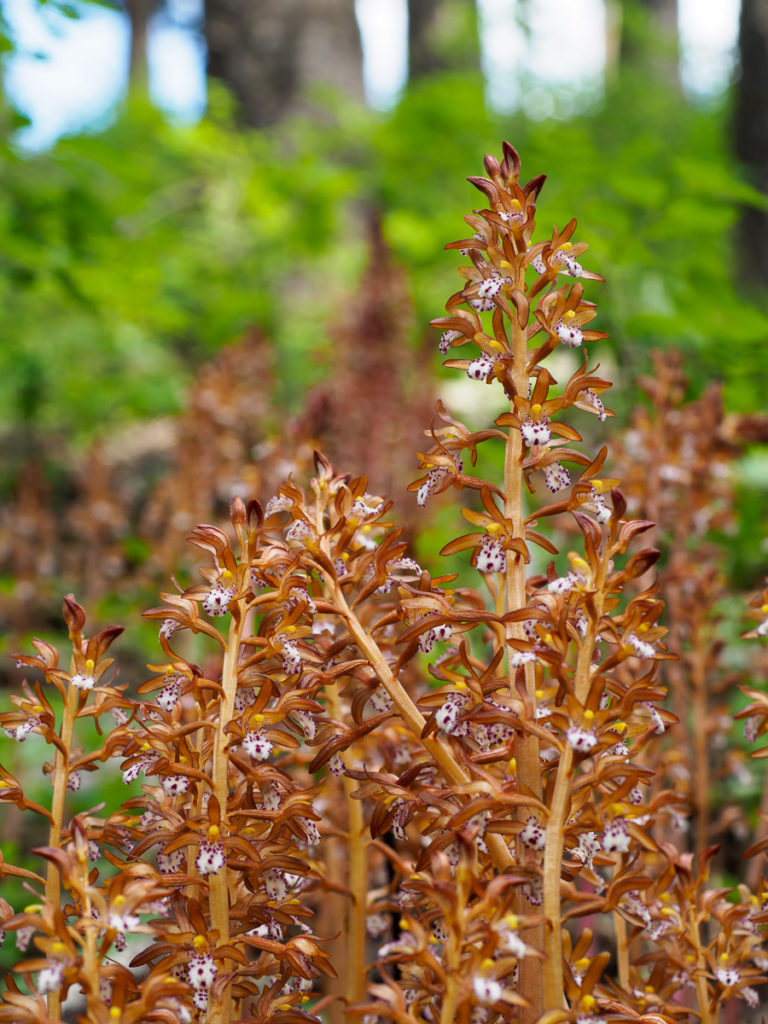

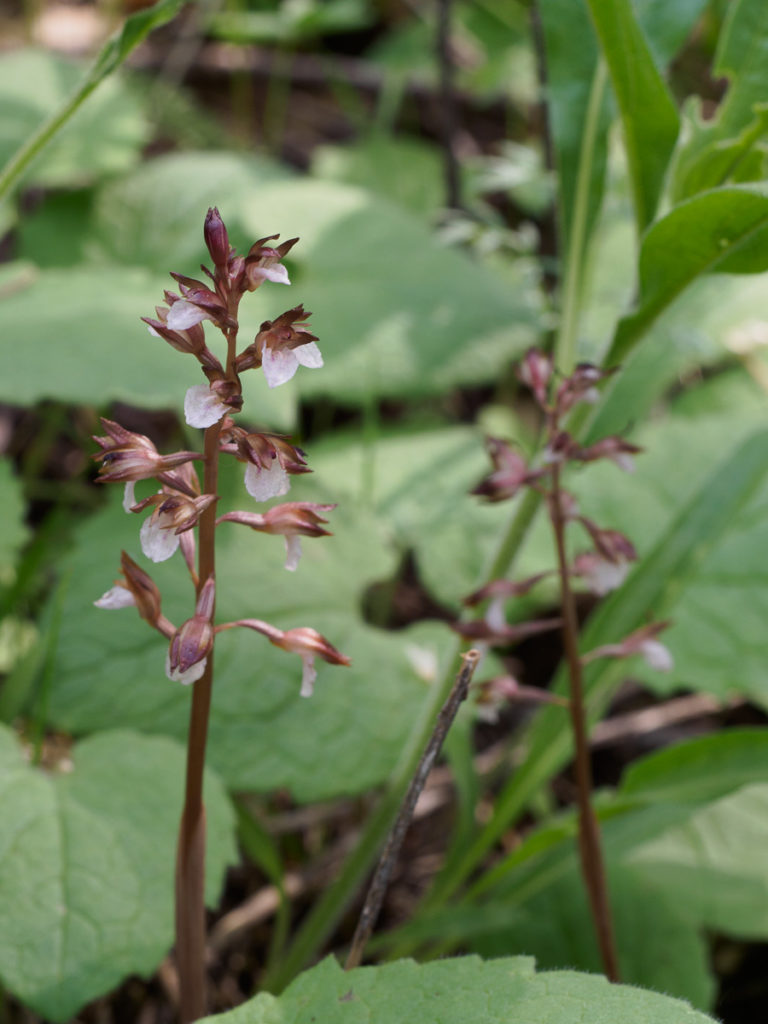
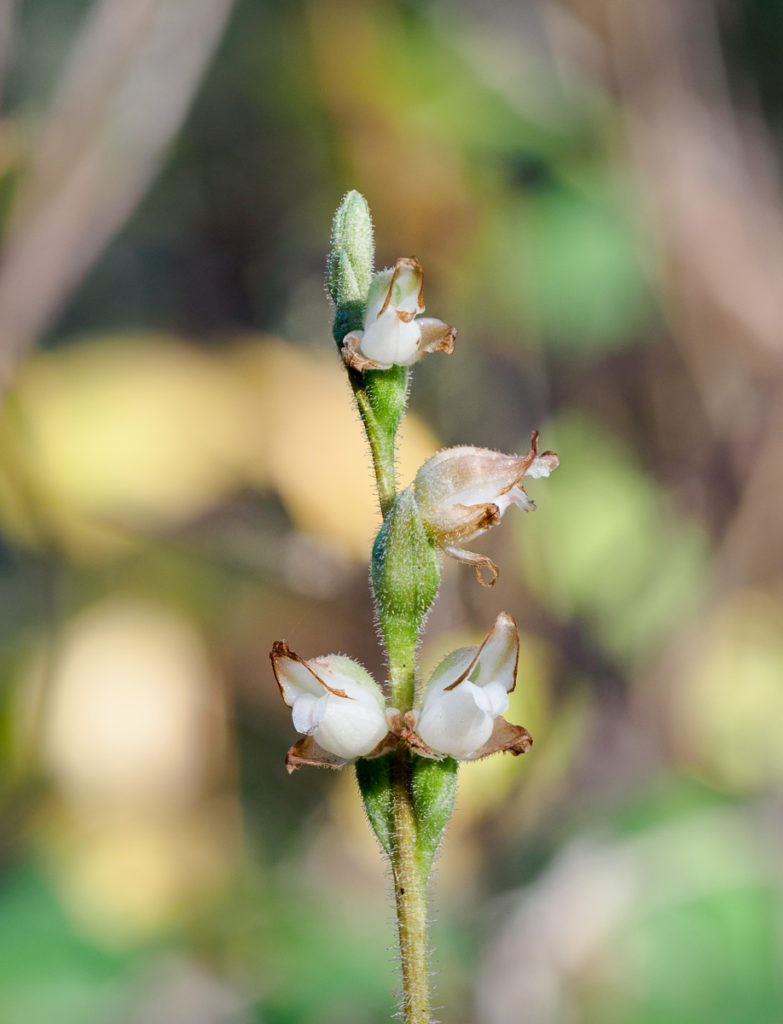
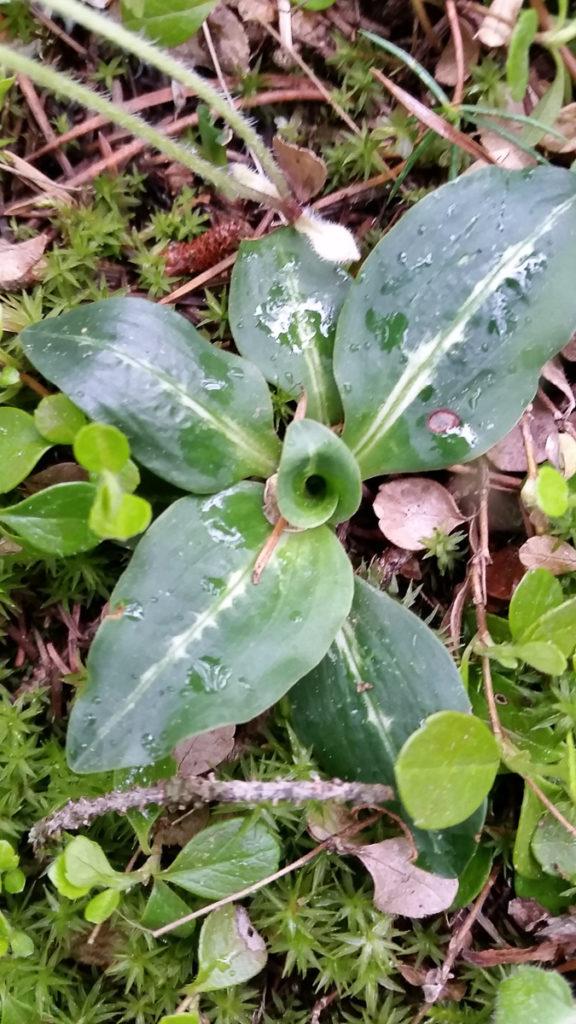

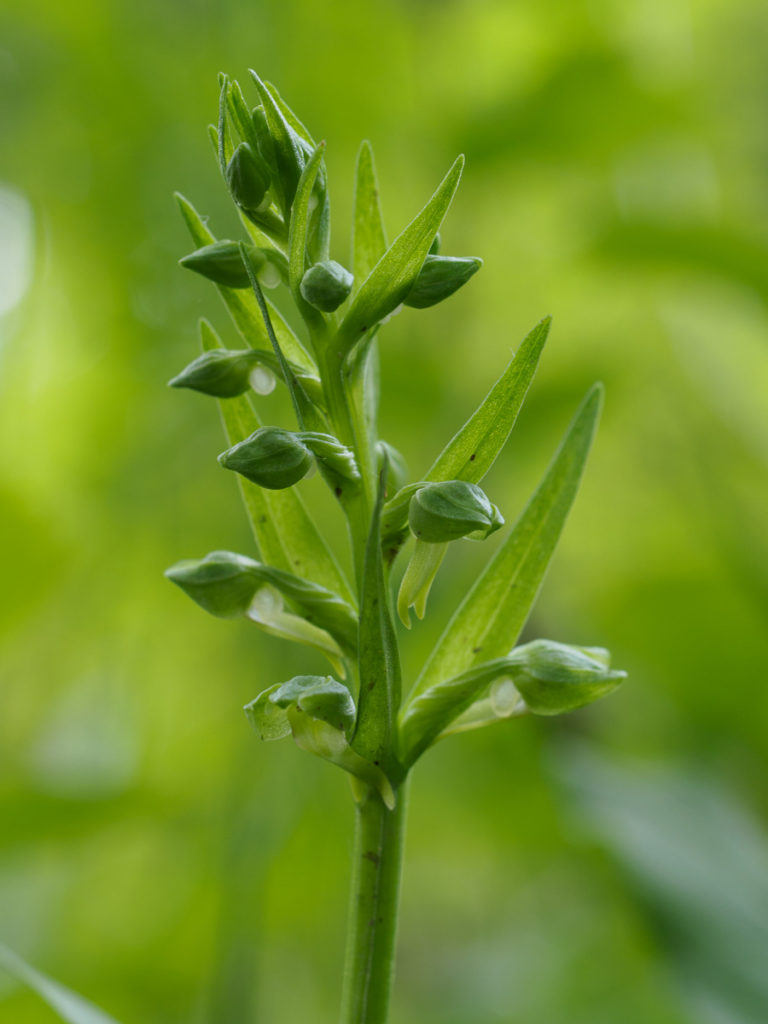


 Twitter
Twitter Facebook
Facebook RSS
RSS Email
Email